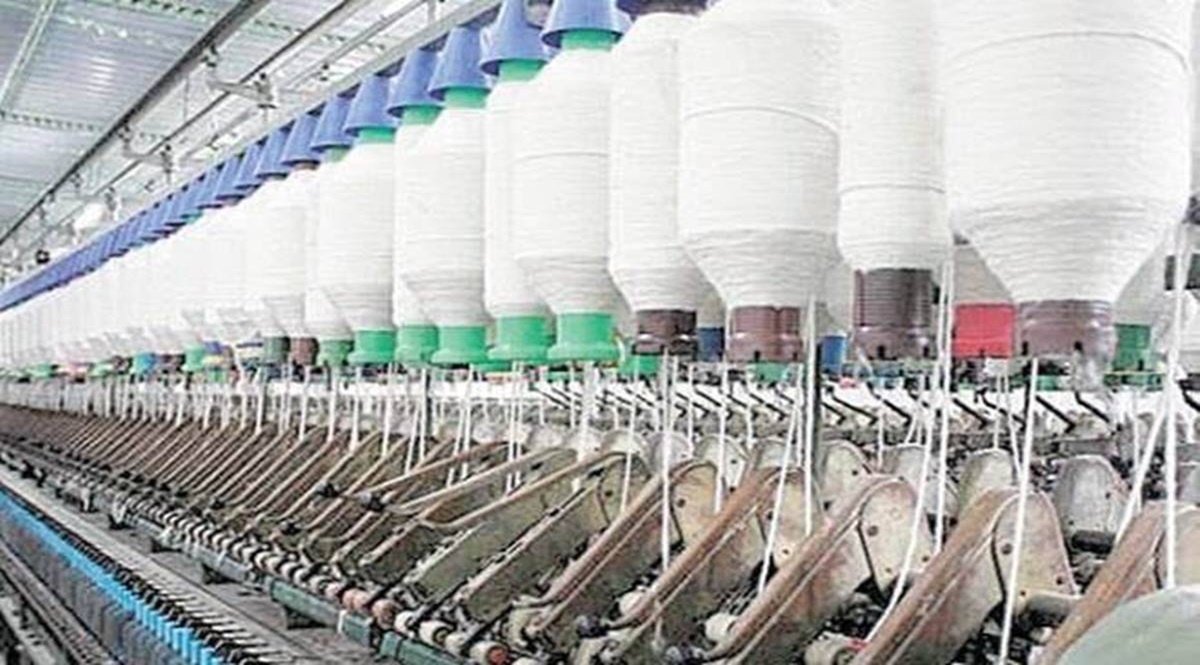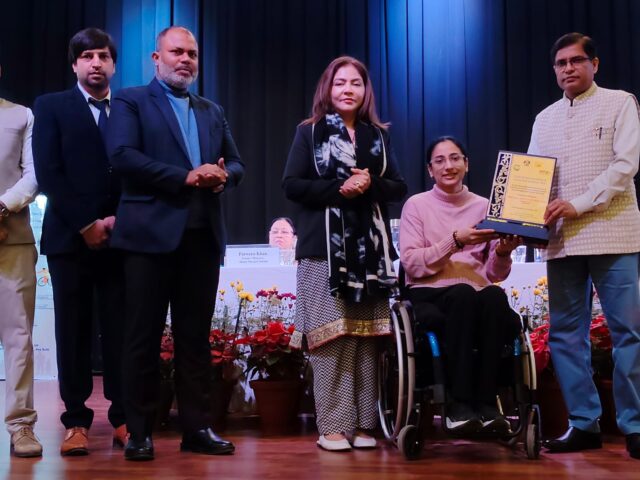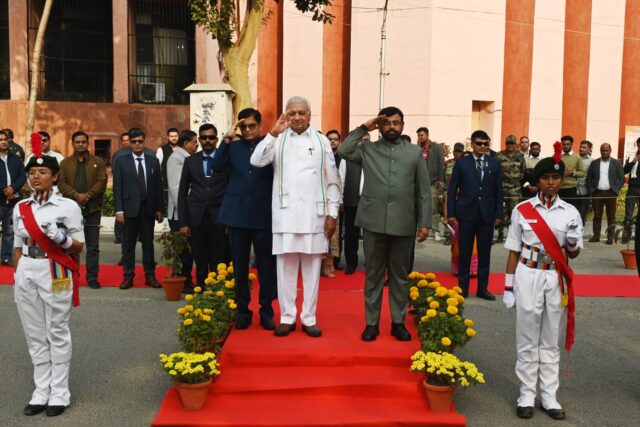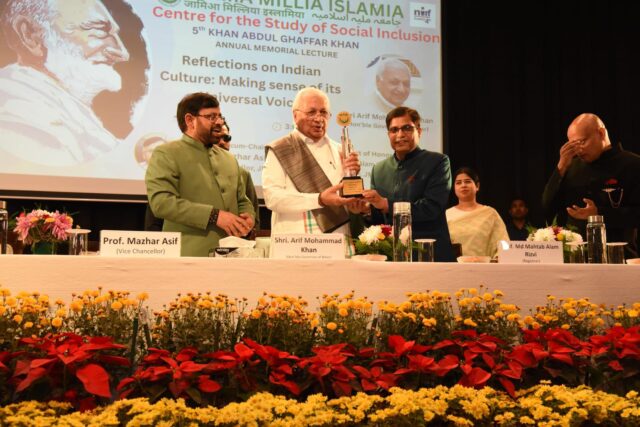Bangladesh will no longer dominate the textile industry, India is coming soon with PLI scheme

The Production Linked Incentive (PLI) scheme has become one of the major factors in the expansion of the domestic industry in India. Under the Self-Reliant India Mission, Finance Minister Nirmala Sitharaman announced an outlay of INR 1.97 lakh crore for 14 key sectors to make India a manufacturing industry. With an aim to enhance India’s manufacturing and export capabilities, the textile industry was one of the 14 major sectors sanctioned under the PLI scheme. The Indian textile industry will gain an edge in the form of the PLI scheme, leaving the Bangladeshi garment industry behind.
PLI for the Textile Industry
At the inauguration of SIMA (Southern India Mills Association) Texfare Expo in Coimbatore (Tamil Nadu), Union Minister Piyush Goyal said – “We are keen to support the garment manufacturing sector and we are looking to come up with another PLI scheme. are. The center will support the efforts of Coimbatore-based South India Textile Research Association (SITRA) for manufacturing quality uniforms for defense personnel under the National Technical Textiles Mission.”
His statement of launching another PLI scheme for the apparel manufacturing sector is in line with the earlier success. 10683 crore was allocated for the implementation of the PLI scheme for the textile industry in 2020. The scheme was divided into two parts, in part 1 minimum investment of Rs 300 crore and minimum turnover of Rs 600 crore are required to get the incentive and in part 2, minimum investment of Rs 100 crore and minimum turnover of Rs 200 crore are required. Is. to get encouragement.
The reason for the launch of PLI 2.0 is that the low input cost of the Bangladeshi garment industry has dominated the market and to give competition, the government has to bring in systematic reforms. A more attractive incentive approach has to be adopted. Therefore, the government wants to reduce the threshold of minimum investment requirement for availing the incentives as well as include knitwear other than man-made fibers and technical fabrics in the PLI 2.0 in the textile sector.
Strategy to eliminate Bangladeshi clothing from the market
From the time when Bangladesh was a part of united India, the region has been traditionally famous for its muslin, silk and cotton fabrics. Based on expertise, the government also adopted systematic policy reforms and brought the country to such a level that we now manufacture almost 90% of our textile products at home.
Low labor costs, weak local currency and traditional expertise have given the industry an edge in the world apparel export market. Currently, the domestic apparel and textile industry in India contributes to 5% of the country’s GDP and India is the sixth largest garment exporter in the world. The industry supports direct and indirect employment for about 45 million people in India.
Like Bangladesh, India has an advantage because of cheap input costs and huge availability of raw materials. However, the project will aim at realizing its potential on the ground. The earlier announced PLI scheme for the textile industry had set a very high investment limit for availing the incentives. Knowing the fact that most of the apparel industries are micro and small enterprises and they have the potential to invest such a huge amount. The investment limit of Rs 100 to 200 crore for availing benefits under PLI excluded many micro garment industries and limited the scope of the scheme to some extent.
But, as per the latest update about PLI 2.0, the scheme will reduce it to 2 crores from the earlier Rs 100 crores and apart from man-made fibers and technical textiles, knitwear products have also been included. This will expand the market and cover a large number of MSMEs which were earlier excluded from the benefits of PLI 1.0.
The inclusion of large MSMEs under this scheme and use of incentives will reduce the input cost of the products and make them competitive in the market. In a way, the leverage on which Bangladeshi apparel industry operates will benefit India in the same way. The huge domestic market in India will give further advantage to Indian made garments and systematically eliminate Bangladeshi competition.





